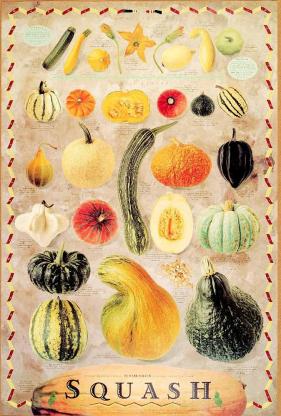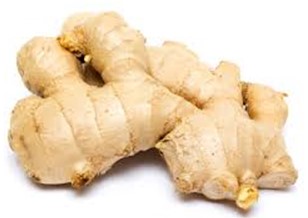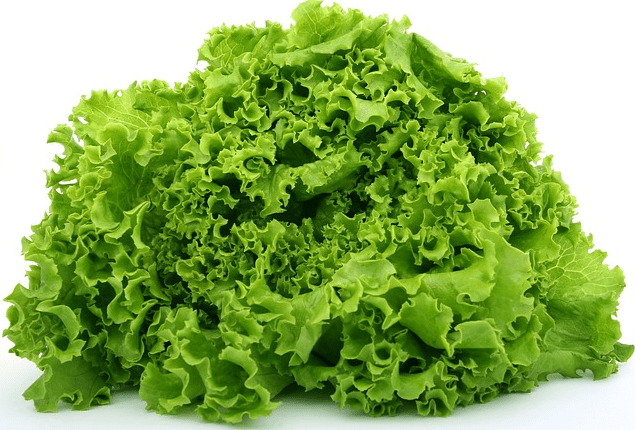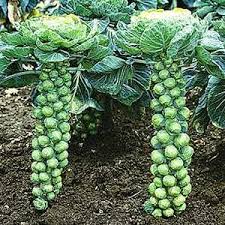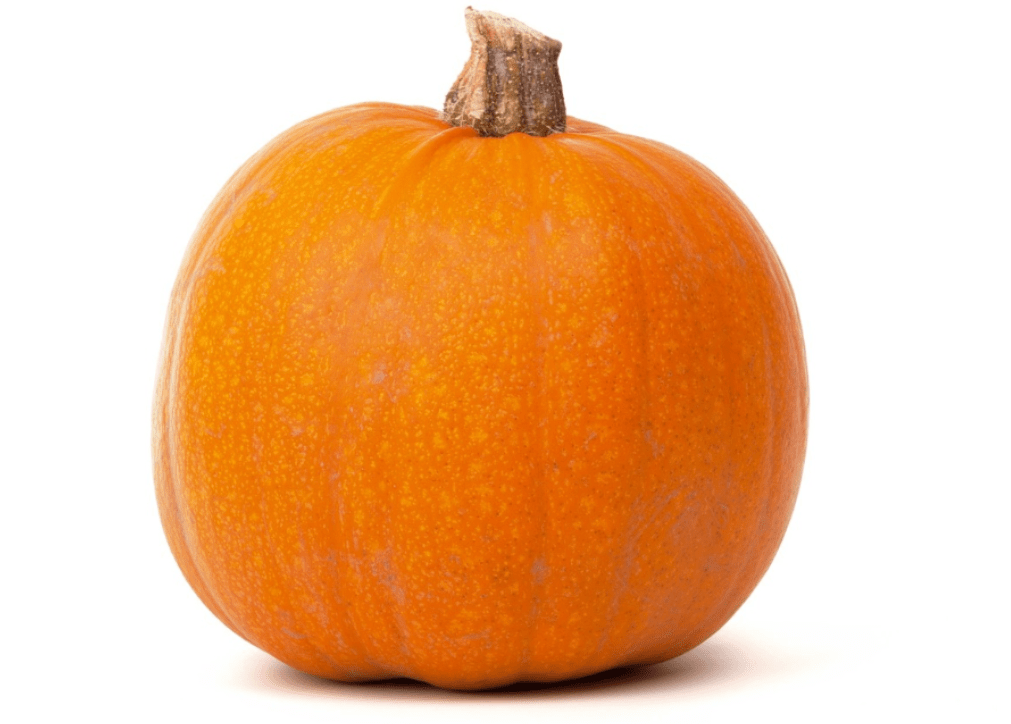Shavoa Tov!
After several weeks of relatively nice weather for this season, this week is beginning with heavy heat…
Any plant that is picked, in part or in full, is in fact disconnected from its food source, the earth, and it immediately suffers… we see this as wilting of leaves and softening of the fruit, particularly in peppers and cucumbers…
This is important to take into consideration. Please remember that we are not a regular packaging business. We work in the garden outside in the heat and our crops do not undergo "treatment" to extend their shelf life. We pick, pack and send to you, so that you receive the freshest possible. It therefore makes sense during this hot season that you will sometimes need to refresh some of what you get and immediately put in bags in the refrigerator. Here is a previous newsletter about storage of fresh organic vegetables, that will refresh your recollection.
And now to the garden 🙂
What is your favorite organic gourd? It all stays in the family…
There has long been legends and folktales describing and glorifying the full world hidden within these pumpkins: the magical gourd, Cinderella's carriage, the magic potion of Harry Potter and the woman that lived in a watermelon… just a few examples of utilizing the diverse qualities of the gourd family :). Besides magic, luck, protection, a bowl of soup, a canteen, a gunpowder magazine and a flashlight … gourds contain great nutritional value and are so easy to use.
The large pumpkins which we cut for you, little pumpkins (winter Squash) of which you get several units, and the zucchini, all belong to the same genus and even the same species botanically. The division between them is related to when we decide to pick them. They are all sown or planted in an open field in summer and, of course, these days even in winter in greenhouses, and therefore their botanical season is not precise.
The organic zucchini, as well as the cucumbers, we pick unripe. Sometimes the harvest starts as early as 40 days from sowing, when they are botanically immature, i.e. when the seeds inside the fruit are soft and not yet fertile and ready to germinate for the next generation. Therefore such a plant, if it survives the summer season, will remain in the garden even longer in an effort to reproduce. That is, after all, the purpose of all members of the animal and plant kingdom. The plant will continue to grow fruit with seeds, as we continue to pick the fruits before the seeds ripen….
The large and small pumpkins are harvested and sent to you with a hard shell which protects the sweet insides over time (hence the name "winter squash"). These have hard and fertile seeds that can be replanted. These are picked many months after sowing. This plant will make us wait patiently in order to develop this large size and sweetness. Such a plant will produce its fertile fruit and end its cycle of life after one harvest.
The orange color of pumpkins is from the combination of the pigments of the enzymes lutein, alpha- carotene and beta-carotene. These turn into vitamin A in the body and are antioxidants. The carotenoids also have an anti-inflammatory property. Pumpkins also contain vitamin C, B vitamins and folic acid and have the effect of lowering cholesterol, which together work to improve vitality and improve the functioning of the digestive and nervous systems. And, of course, they have lots of nutritional fiber and minerals such as potassium, magnesium and calcium.
The origin of pumpkins is North America, and was named by the original inhabitants something similar to "squash" which means something like: "Eaten fresh."
When it arrived to Europe with Columbus it was accepted favorably as a roadside fast food. It’s sweet flesh and nutty seeds were happily welcomed.
The kabotcha pumpkin joined us this week . It is very, very well known and loved in the far East.
Sherry Ansky wrote about this pumpkin so beautifully (excuse my translation…):
"small squished pumpkins shaped like Cinderella’s magical carriage. When you cut a pumpkin like this it immediately sweats and tears come streaming. Flesh color is uneven, sometimes orange, but usually yellowish greenish or even just slightly gray. Wrap a chunk of pumpkin with foil and put into the hot oven. After 30-40 minutes the pumpkin is as tender as butter without fiber. Taste with a spoon and you'll discover that within this smooth and pleasant texture there are flavors of nuts, butter and even salt. If you prepare from this gourd soup or even put it in the couscous you will find that you do not even know what a pumpkin was until today. "
The kabotcha pumpkin is excellent roasted in the oven- Simply wash the rind, cut it into wedges with the seeds, squirt a little oil and seasoning. It also blends well with salt and garlic and also with honey and cinnamon or thyme…..
It is also excellent with simple steaming for about 20 minutes…
Have a simple and sweet week!
Lavrioot!
Yours,
Maggie, Tal and the garden staff
And we expect in our weekly organic vegetable baskets (draft only):
Lettuce
Leeks
Mint
Potatoes
Turnip
Cucumbers
Beets
Tomatoes
Cherry tomatoes
Zucchini
Ramiro peppers
Larger ones also:
Eggplants
Chillies
Swiss Chard
Light Peppers
Organic fruit baskets;
Melon
Anna apples
Larger ones also:
Nectarines
And plums

